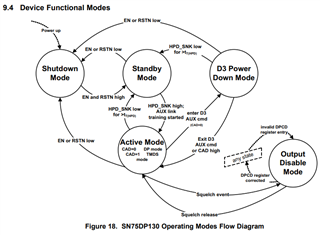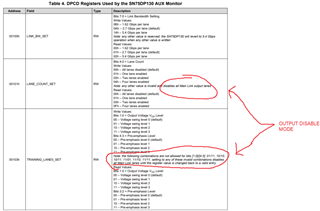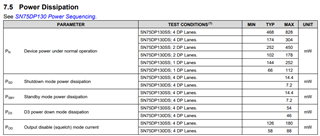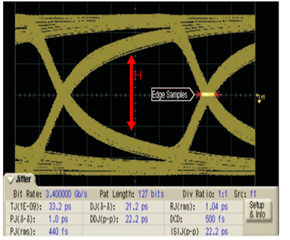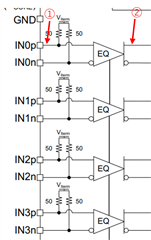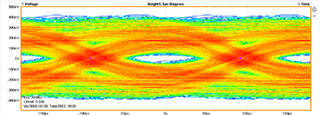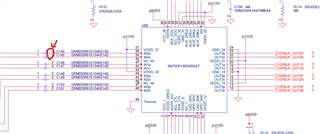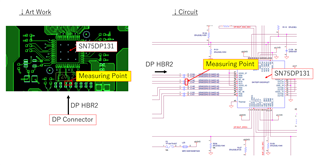Tool/software:
Dear, support team.
Q1. Conditions for transition to Output Disable Mode.
I understand that there are two conditions for transition to Output Disable Mode.
First. When a Squelch event occurs in the video signal.
When the values of DPCD registers 101h and 103h become invalid.
Second. When any of the main links 0 to 3 in use does not transmit the idle pattern and becomes disabled.
I believe that this is the condition that causes the second condition to occur.
Is my understanding correct?
Q2. Detecting Output Disable Mode.
Is there a way to check if the device state is in Output Disable Mode?
Best Regards,
Hiroaki Yuyama


